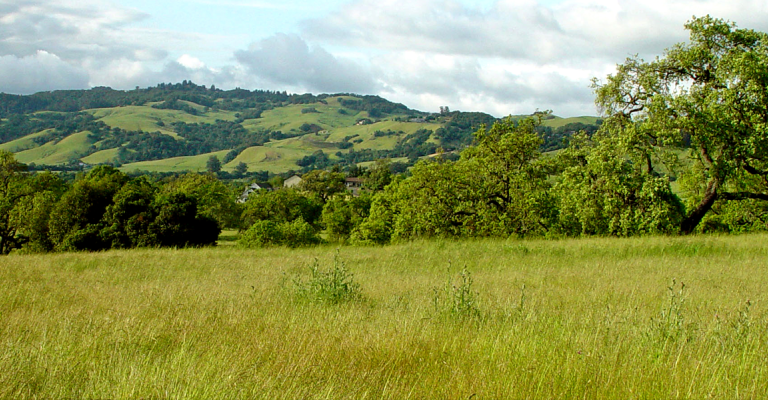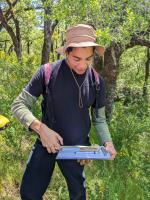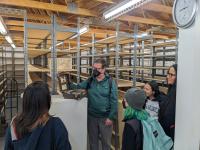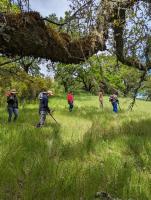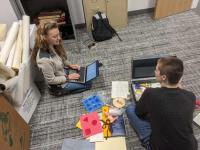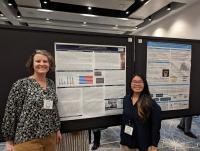Research at the Sonoma Developmental Center's Home Cemetery
Project Background
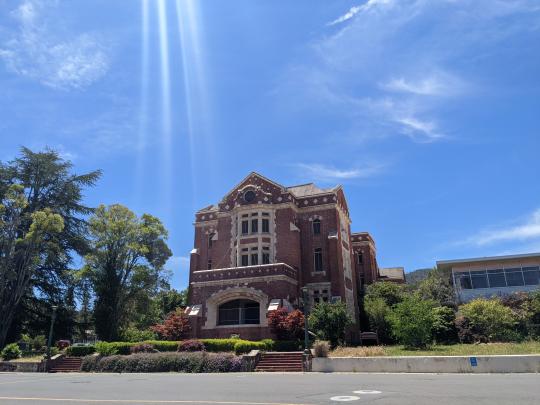
Between 1892 and 2018, the Sonoma Developmental Center served thousands of residents who would today be described as intellectually, developmentally, or physically disabled, mentally ill, and/or behaving outside of social norms. Since its closure, the core of the campus is being prepared for redevelopment, while the peripheral areas have been acquired by other state agencies. More than 1,900 of these residents were buried in its “Home Cemetery” between 1892 and 1960. Shortly after it went out of use, the gravemarkers were removed, largely erasing it from the visible landscape.
Community Collaborative Research
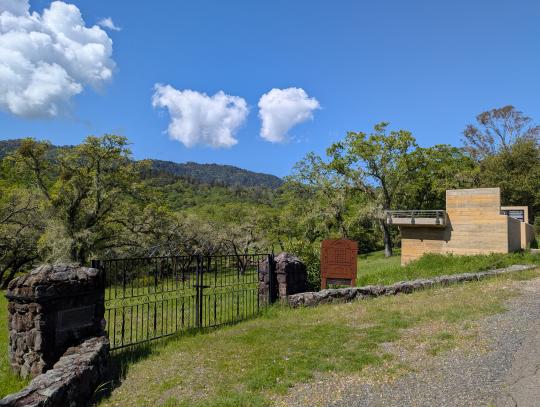
After the SDC’s closure, residents’ families, former employees, and community members aimed to visibly memorialize the cemetery, the people buried there, and some of the institution’s last residents, culminating in a large permanent memorial that was dedicated in 2024. Our SSU research team is building on these efforts by collaborating with stakeholders such as the Eldridge Cemetery Memorial Committee, Glen Ellen Historical Society, and California’s Department of Developmental Services.
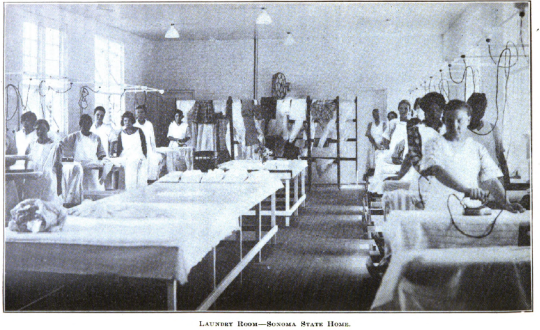
We aim to collectively achieve two goals: 1) to further document and memorialize the Home Cemetery to improve its long-term management as a cultural resource, and 2) to understand the experiences in life and death of the SDC residents buried there, within historical and cultural contexts. Our research process (how we collect and analyze evidence, how we interpret and share our findings) is informed by critical disability theory and disability justice advocacy. Too often, society pushes disabled people to the margins; by telling the stories of the people buried in the Home Cemetery, we hope to shine a light on their lives and demonstrate that disability history is California’s history.
Visit the ArcGIS StoryMap to learn more about the SDC, the Home Cemetery, and the people buried there via interactive photos and maps.
Interdisciplinary Research Team
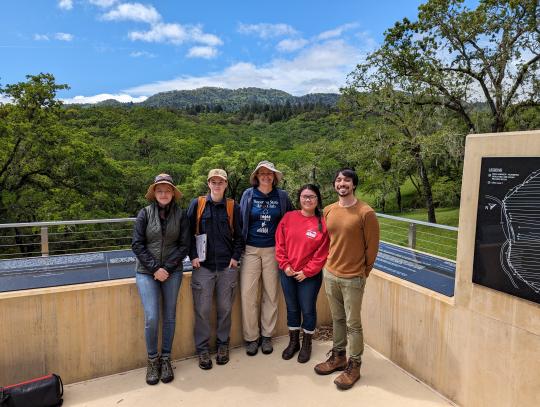
The interdisciplinary Home Cemetery research team is led by Dr. Alexis Boutin (Anthropology). SSU faculty and staff collaborators include Dr. Benjamin Smith (Human Development), Samantha Dollinger, Michael Konzak, and Dr. Thomas Whitley (Anthropological Studies Center), Dr. Steve Estes (History), and Hilary Smith (Library). More than two dozen Anthropology and Human Development undergraduates and Master’s students in the Cultural Heritage and Resources Management program have participated so far in collecting, analyzing, and interpreting evidence from the cemetery using non-invasive archaeological methods, historical methods, and digital technologies.
Student Research
Sharing Our Findings
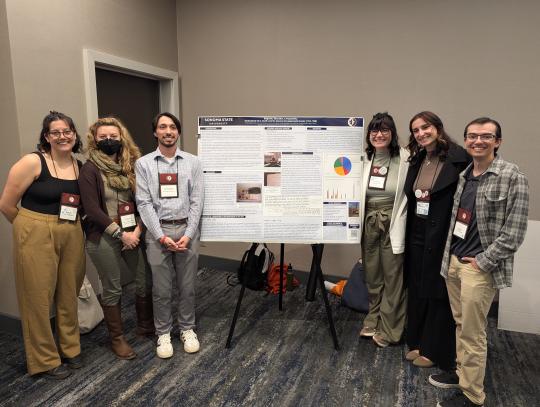
So far, the results of our research have been presented at professional conferences such as Western Bioarchaeology Group, Society for California Archaeology, and Society for American Archaeology; in invited lectures at the University of Cincinnati and Brown University; and to public audiences at Sonoma County Finding History Day, the Glen Ellen Historical Society, and Congregation Shomrei Torah. We always welcome requests for presentations: for more information, email Alexis Boutin at [email protected].


